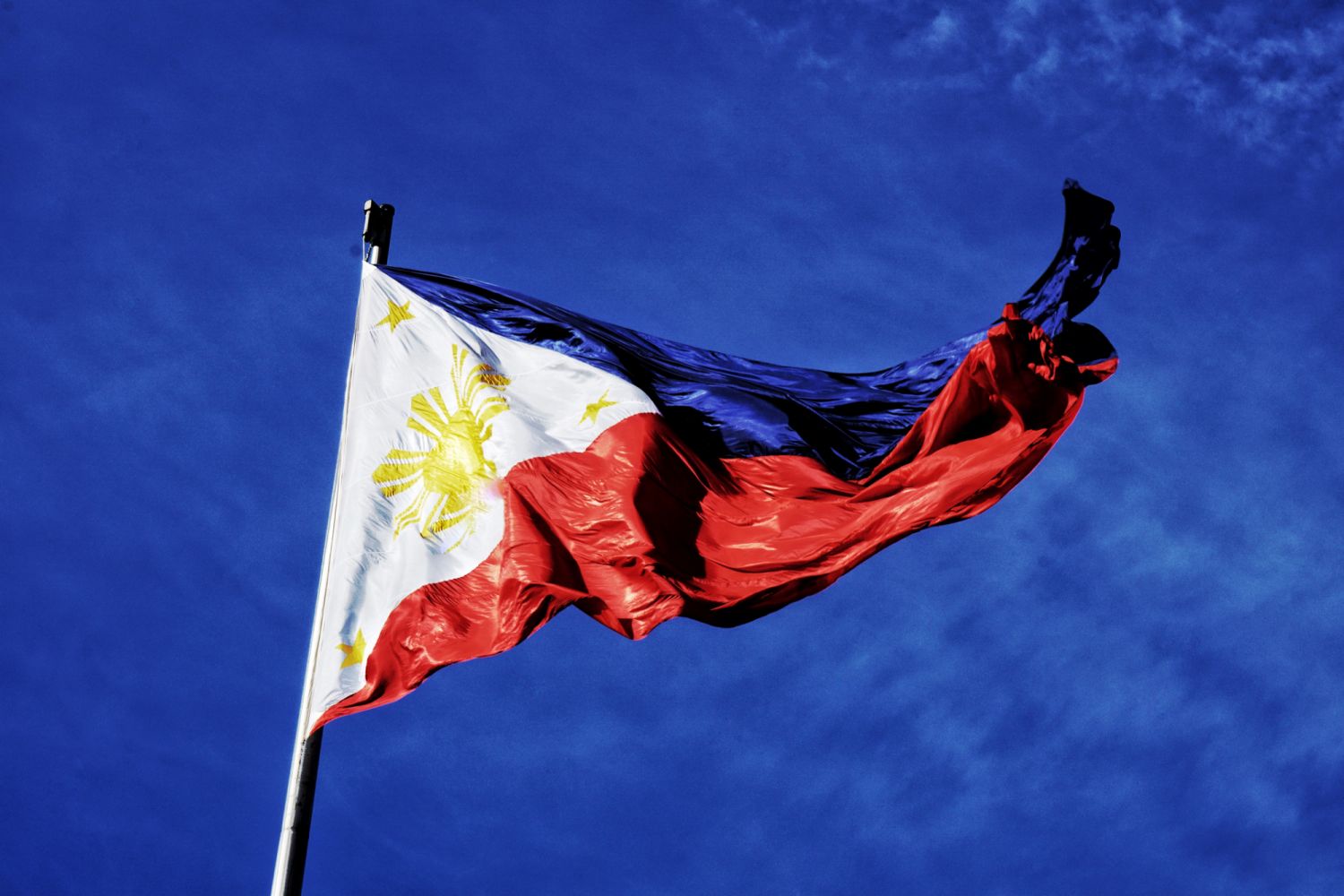1. The Great Seal of the Government

At a cursory glance, the Great Seal of the Government can be likened to the Philippine flag. It has the eight rays of the sun, the three stars, and the colours blue, white, and red. According to Executive Order no. 8491, which was signed on February 12, 1998, the Great Seal shall be circular in form, with the arms consisting of two azure and gules, and a chief argent with three mullets equidistant from each other.
Surrounding the whole must be a double marginal circle within which shall appear the words 'Republika ng Pilipinas' [Republic of the Philippines]. "For the purpose of placing The Great Seal, the colour of the arms shall not be deemed essential, but tincture representation must be used," it added.
The Great Seal bears the national motto "Maka diyos, Makatao, Makakalikasan, and Makabansa".
In case you missed it: Barong Tagalog: The History Of The Traditional Filipino Attire
The President, who holds custody of the Great Seal, has the duty to affix or place it when signing commissions, official documents, and papers of the Republic of the Philippines.
2. Presidential Seal




